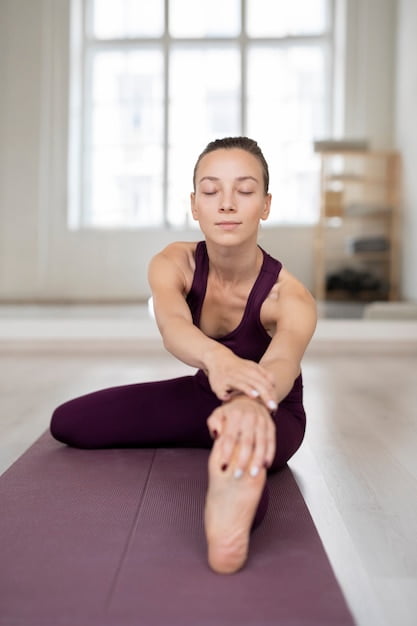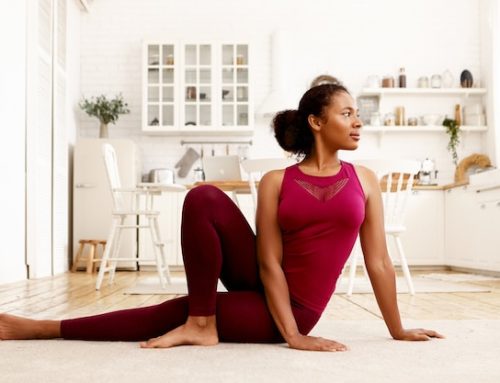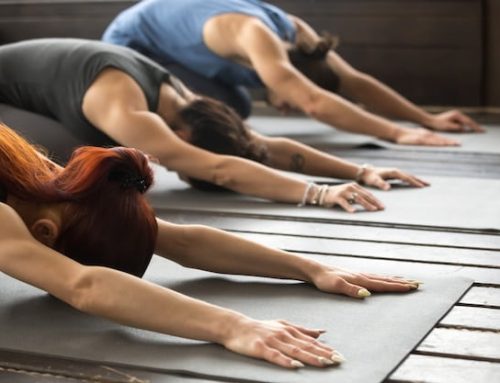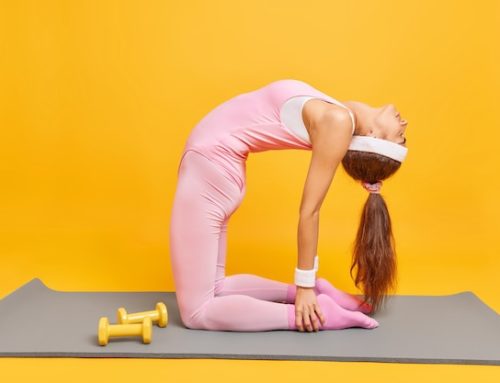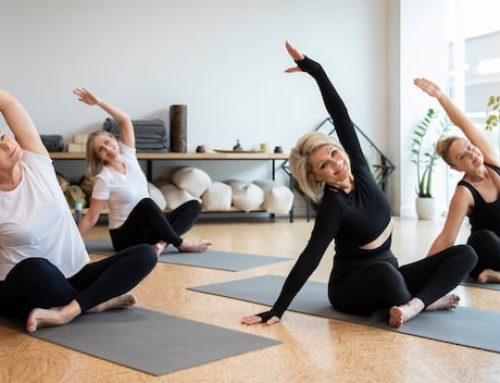What Body Part Should I Stretch First?
Stretching is an essential part of any workout routine, but doing it right is critical to avoid injury, improve your flexibility, and get the most out of your exercises. One question that often comes up is what body part should you stretch first? In this article, we’ll explore the best practices for stretching and answer this common question.
One common approach is to start with stretching your back muscles, such as your lats and erector spinae, as these muscles tend to be tight for many people, especially if they spend a lot of time sitting. From there, you can move onto your legs, including your hamstrings, quads, and calves, which are also often tight and can benefit from stretching.
It’s important to remember to warm up before stretching and to stretch slowly and gently, avoiding any sudden or jerky movements that could cause injury. Additionally, if you have any specific health concerns or injuries, it’s always a good idea to consult with a healthcare professional before starting a new stretching routine.
The Importance of Stretching
Before we dive into the answer, let’s first understand why stretching is so important. Stretching helps to increase flexibility, which is essential for improving mobility and avoiding injuries. It also helps to lengthen the muscles, which can improve posture and reduce muscle tension. Additionally, stretching increases blood flow to the muscles, which can help to reduce soreness and speed up recovery time.
Dynamic vs. Static Stretching
There are two main types of stretching: dynamic and static. Dynamic stretching is where you move through a range of motion, while static stretching is where you hold a position for a period of time. Dynamic stretching is best done before a workout, while static stretching is best done after a workout.
During a dynamic warm-up, you should start with movements that target the larger muscle groups that you will be using in your workout. For example, if you are going for a run, you might start with leg swings, lunges, or high knees. Dynamic stretching helps to increase your heart rate and blood flow to the muscles, which prepares your body for exercise.
Dynamic stretching and static stretching are two types of stretching that can be incorporated into your workout routine.
Dynamic stretching involves active movements that take a muscle through its range of motion, gradually increasing the intensity and speed of the movement. Examples of dynamic stretches include walking lunges, leg swings, and arm circles. Dynamic stretching is generally performed as part of a warm-up before exercise to increase flexibility and prepare the body for physical activity.
Static stretching involves holding a stretch in a fixed position for a period of time, typically 10-30 seconds. Examples of static stretches include hamstring stretches, calf stretches, and shoulder stretches. Static stretching is usually performed at the end of a workout to help improve flexibility and prevent muscle soreness.
While both types of stretching have their benefits, research suggests that dynamic stretching may be more effective at improving performance and reducing the risk of injury during physical activity. This is because dynamic stretching helps to increase blood flow and muscle temperature, which can improve muscle flexibility and reduce muscle stiffness. However, static stretching can still be useful for improving flexibility and reducing muscle soreness, especially when performed regularly.
It’s important to note that stretching should always be done in a safe and controlled manner, and that stretching alone is not a substitute for a well-rounded exercise program.
| Dynamic Stretching | Static Stretching | |
|---|---|---|
| Movement | Active | Passive |
| Purpose | Warming up and preparing for exercise | Increasing flexibility and reducing muscle soreness |
| Muscles | Involves moving muscles through their range of motion | Involves holding muscles in a fixed position |
| Duration | Shorter (10-15 seconds per stretch) | Longer (30-60 seconds per stretch) |
| Timing | Best done as a warm-up before exercise | Best done at the end of a workout |
| Benefits | Can improve performance and reduce the risk of injury | Can improve flexibility and reduce muscle soreness |
| Examples | Leg swings, walking lunges, arm circles | Hamstring stretches, calf stretches, shoulder stretches |
Remember, the type of stretching you choose to do depends on your goals and the type of physical activity you are preparing for. A combination of both dynamic and static stretching can be beneficial for overall flexibility and performance.
The Best Order for Static Stretching
Once your workout is complete, it’s time for static stretching. The question remains, what body parts should you stretch first? The best order to stretch your body is typically from the top down. Here’s a breakdown of the recommended order:
| Body Part | Reason for Stretching |
|---|---|
| Neck and Shoulders | Reduce neck and shoulder tension |
| Chest | Improve posture and reduce round shoulders |
| Back | Reduce lower back pain and improve flexibility |
| Hips | Improve hip mobility and reduce hip pain |
| Hamstrings | Reduce leg and lower back pain |
| Calves | Reduce calf tension and improve ankle flexibility |
What to Avoid
There are also some important things to avoid when stretching. First, don’t rush through your stretches. Take your time and hold each stretch for at least 20-30 seconds. Additionally, avoid bouncing or jerking movements, which can cause injury. Finally, don’t stretch to the point of pain. Stretching should be a comfortable and relaxing experience, not a painful one.
Conclusion
In conclusion, stretching is an essential part of any workout routine. Make sure to do dynamic stretching before your workout and static stretching after your workout. When it comes to the order of static stretching, start at the top and work your way down. This will help to reduce tension, improve flexibility, and avoid injuries. Remember to take your time, avoid bouncing or jerking movements, and never stretch to the point of pain. With these tips, you’ll be able to stretch like a pro and get the most out of your workout.
